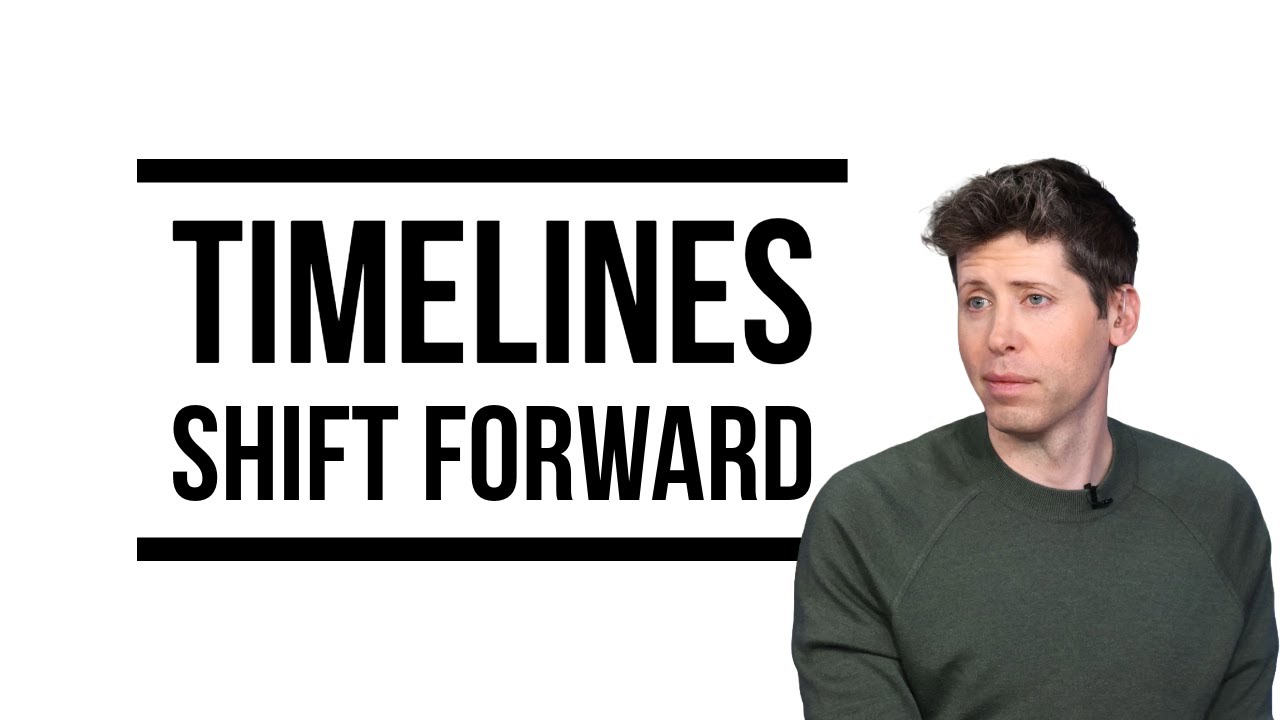The video discusses OpenAI CEO Sam Altman’s revised timelines for achieving Artificial General Intelligence (AGI) and the company’s shift towards pursuing superintelligence, despite previous downplaying of this goal. It highlights the current limitations of AI systems, particularly large language models, in completing real-world tasks, while also showcasing advancements in text-to-video technology and engaging viewers in a competition to test AI performance.
In a recent video, the discussion centers around OpenAI’s CEO Sam Altman’s revised timelines and definitions regarding Artificial General Intelligence (AGI) and superintelligence. Altman has shifted his predictions, suggesting that AGI could be developed during the current presidential term, which runs from January 2025 to January 2029. He has also adopted a more stringent definition of AGI, stating it would be an AI system capable of performing tasks at the level of highly skilled humans in significant jobs. This change raises questions about the feasibility of achieving such capabilities in the near future, especially given the current limitations of AI systems.
The video highlights OpenAI’s recent backtracking on its stance regarding superintelligence. Initially, OpenAI’s representatives downplayed the pursuit of superintelligence, focusing instead on AGI. However, Altman has now indicated a desire to aim beyond AGI, suggesting that the company is looking to develop superintelligence, which is defined as being significantly more intelligent than humans. This shift in focus comes just months after OpenAI publicly distanced itself from the idea of pursuing superintelligence, indicating a potential change in the company’s long-term goals.
The video also discusses a new paper that outlines the current limitations of large language models (LLMs) in completing real-world tasks. According to the research, LLMs can autonomously complete only about 24% of tasks sourced from common professional activities. This figure highlights the gap between current AI capabilities and the expectations set by Altman’s aggressive timeline for AGI. The video suggests that while improvements are being made, the complexity of tasks and the need for reliability remain significant hurdles for AI systems.
In addition to discussing the limitations of LLMs, the video introduces a competition for viewers to engage with AI models and test their performance on a set of questions. Sponsored by Weights and Biases, the competition encourages participants to experiment with different prompts to see how well AI can perform on trick questions designed to test reasoning and common sense. This interactive element aims to highlight the ongoing challenges in AI development and the importance of understanding the capabilities and limitations of current models.
Finally, the video concludes with a demonstration of the latest advancements in text-to-video technology, showcasing three different tools. This segment emphasizes the rapid progress being made in AI, particularly in creative applications, while also acknowledging the ongoing challenges in achieving true AGI and superintelligence. The overall message suggests that while the future of AI holds exciting possibilities, significant work remains to be done to bridge the gap between current capabilities and the ambitious goals set by leaders in the field.
